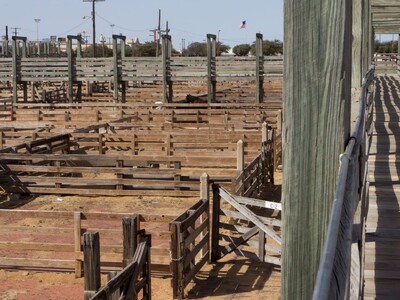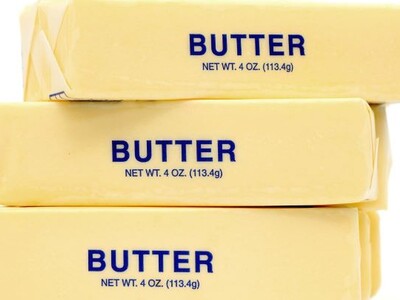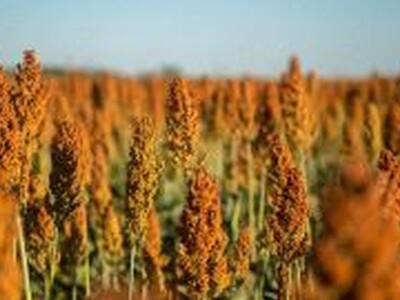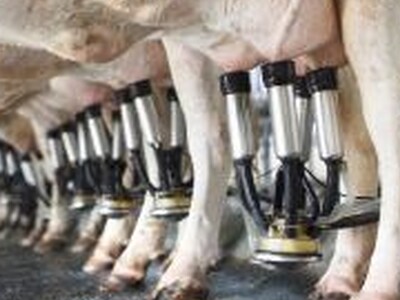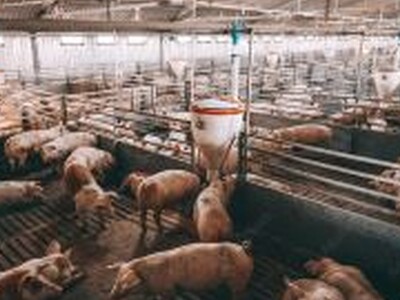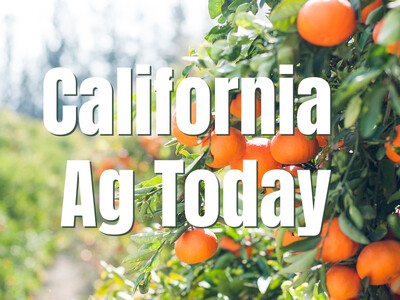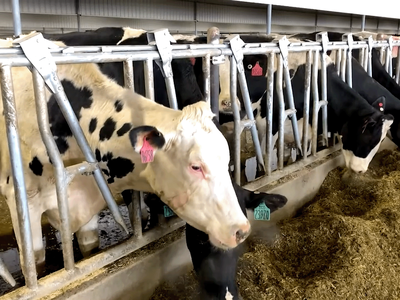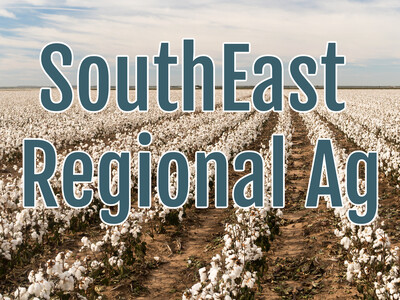Hop Harvest
When it comes to hops, the Northwest is very involved. Washington and Oregon rank first and second, in that order when it comes to hop production and Idaho isn't far behind. A lot of those hops go to craft beers, but there is a behind the scenes craft that is extremely important. Hops inspectors painstakingly pick out unwanted leaves and stems from the harvested hops that might be an ingredient in your favorite beer. They aren't really cleaning up the hops but, in fact, inspecting samples of the harvest for seeds, leaves, and stems. Oregon Department of Agriculture's Randy Black says the lower the percentage of these undesirable elements, the better the price to the grower who has a contract with the brewer: "They could start docking and take money away right off the top [from] the growers if there is more leaf or stem or seed than the contract calls for. And if there is so much or too much, it could be rejected."BLACK says the hop grower and buyer both depend on inspections that determine the percentage of seeds, leaves, and stems present in a hop sample. The higher the percentage, the lower the price paid to the grower: "If you have 2 percent leaf and stem, then obviously that's 2 percent less hop there is in that lot and the same with the seed." Hops are photo-sensitive and growth is dependent upon the amount of sunlight in a day. That's how they grow.




